| Module 1 | Overview |
Unit 1
| |||||
|---|---|---|---|---|---|---|---|
| Module 2 | Introduction |
Unit 1
|
Unit 2
| ||||
| Module 3 | Instructions |
Unit 1
| |||||
| Module 4 | Establish a Data Modernization Team |
Unit 1
| |||||
| Module 5 | Engage Partners |
Unit 1
|
Unit 2
|
Unit 3
|
Unit 4
| ||
| Module 6 | Make the Value Case |
Unit 1
|
Unit 2
|
Unit 3
| |||
| Module 7 | Build Strategic Sustainability for Data Modernization |
Unit 1
|
Unit 2
|
Unit 3
|
Unit 4
|
Unit 5
| |
| Module 8 | Assess Current State and Opportunities |
Unit 1
|
Unit 2
|
Unit 3
|
Unit 4
|
Unit 5
|
Unit 6
|
| Module 9 | Prioritize Projects |
Unit 1
|
Unit 2
|
Unit 3
|
Unit 4
| ||
| Module 10 | Develop the Plan |
Unit 1
| |||||
| Module 11 | Implement |
Unit 1
|
Unit 2
|
Unit 3
| |||
| Module 12 | Data Modernization Appendices |
Unit 1
|
Unit 2
| ||||
| Module 13 | Data Modernization Planning Resources |
Unit 1
|
Understand the data life cycle
To make the biggest impact on data modernization, the entire data life cycle must be assessed, in addition to what is directly controlled by the health department. Consider each step in the life cycle to identify current bottlenecks and where issues may arise in the future. Take into account the volume, data quality and different ways data are collected and how that impacts the way it is consumed by the health department. How would the different ways the health department could receive data impact the current process? Take time to map out the current data flow to the health department to determine what the health department has control over and what is influenced by external partners.


